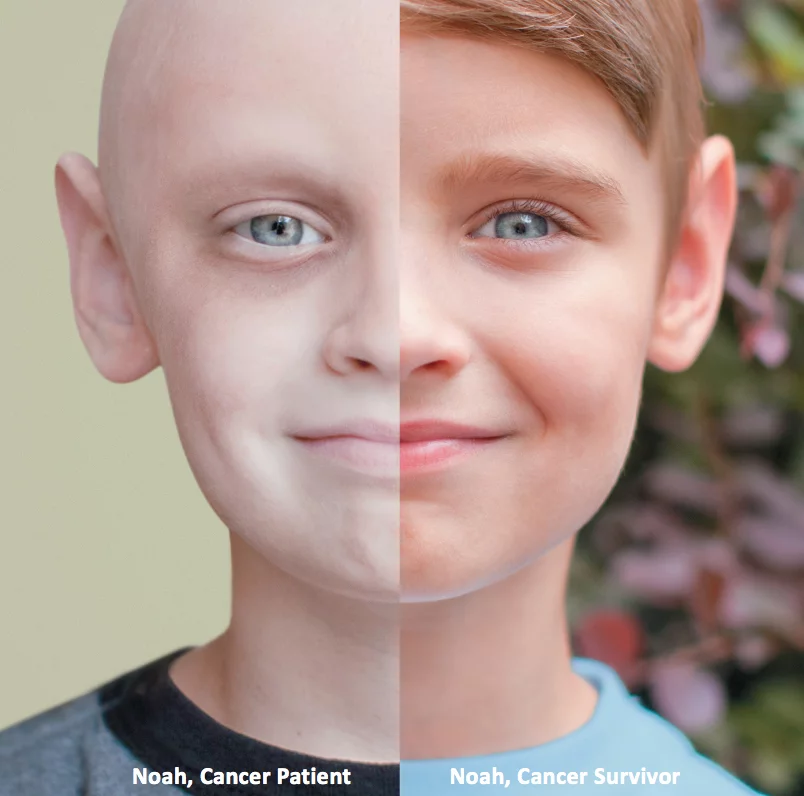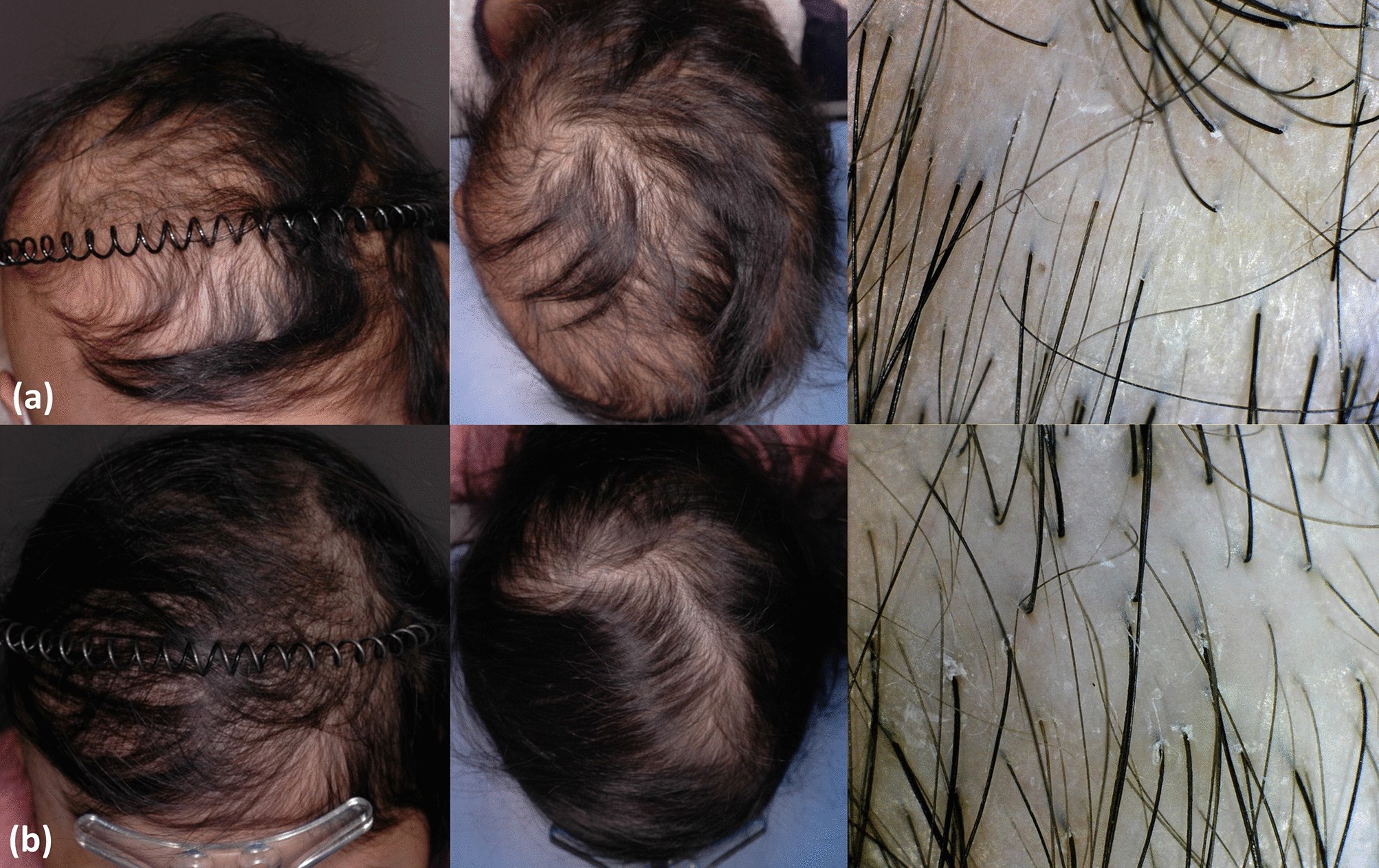
Diagnosed with Cancer? Your two greatest challenges are understanding cancer and understanding possible side effects from chemo and radiation. Knowledge is Power!
Learn about conventional, complementary, and integrative therapies.
Dealing with treatment side effects? Learn about evidence-based therapies to alleviate your symptoms.
Click the orange button to the right to learn more.
- You are here:
- Home »
- Blog »
- side effects ID and prevention »
- Persistent Chemotherapy‐Induced Alopecia
Persistent Chemotherapy‐Induced Alopecia

Persistent Chemotherapy‐Induced Alopecia, permanent hair loss, can happen. When I had chemotherapy, I lost all my hair. But eventually it grew back. According to the research linked below, there are a percentage of cancer survivors who’s hair does NOT GROW BACK!
What cancers can result in persistent chemotherapy-induced alopecia?
If you are a cancer survivor and your hair isn’t growing back well or not all all, please ask your oncologist about the topical agent and nutritional supplementations talked about in the research linked below.
My guess is, the sooner you begin this therapy the sooner your hair will grow back properly.
Hang in there,
David Emerson
- Cancer Survivor
- Cancer Coach
- Director PeopleBeatingCancer
Permanent Chemotherapy‐Induced Alopecia in Patients with Breast Cancer: A 3‐Year Prospective Cohort Study
“Chemotherapy‐induced alopecia is (CIA) considered temporary; however, some patients report persistent alopecia several years after chemotherapy. Long‐term prospective data on the incidence and impact of permanent CIA is scarce. This article reports the results of a study conducted to estimate the long‐term incidence of persistent CIA in a cohort of breast cancer patients with measurements of hair volume and density before and after chemotherapy…
Results-The proportion of participants who had PCIA at 6 months and 3 years was 39.5% and 42.3%, respectively. PCIA was characterized in most patients by incomplete hair regrowth. Patients who received a taxane‐based regimen were more likely to experience PCIA compared with patients with other types of chemotherapy.
At a 3‐year follow‐up, hair thinning was the most common problem reported by study participants (75.0%), followed by reduced hair volume (53.9%), hair loss (34.6%), and gray hair (34.6%)…
Persistent chemotherapy-induced alopecia, persistent radiotherapy-induced alopecia, and hair growth disorders related to endocrine therapy or cancer surgery
“With increasing survival rates across all cancers, survivors represent a growing population that is frequently affected by persistent or permanent hair growth disorders as a result of
- systemic therapies,
- radiotherapy,
- surgical procedures,
- and therapeutic transplants.
These hair disorders include:
- persistent chemotherapy-induced alopecia,
- persistent radiotherapy-induced alopecia,
- endocrine therapy-induced alopecia and hirsutism,
- post-surgery alopecia and
- localized hypertrichosis,
- alopecia attributed to therapeutic transplants,
- and to novel anticancer therapies.
New Topical Agent for Alopecia to Enter Phase 2 Trials
“The company also claims that PP405 may also have applications for other types of hair loss, such as telogen effluvium and chemotherapy-induced hair loss…”
Topical minoxidil and dietary supplement for the treatment of chemotherapy-induced alopecia in childhood: a retrospective cohort study
“Chemotherapy-induced alopecia (CIA) is a common and debilitating condition in children, with limited research on its characteristics and treatment. Therefore, this study aims to describe the characteristics of pediatric patients with CIA and the treatment outcomes of topical minoxidil and L-cystine, medicinal yeast, and pantothenic acid complex-based dietary supplements (CYP). This retrospective cohort study analyzed data from patients who underwent high-dose conditioning chemotherapy followed by hematopoietic stem cell transplantation and were treated with either topical minoxidil or CYP for CIA between January 2011 and January 2022. Among the 70 patients evaluated, 61 (87.1%) experienced clinical improvement. Patients in the groups with superior treatment outcomes received a greater cumulative amount of minoxidil and underwent treatment for a more extended duration (P < 0.05) than those in the other groups. All 70 (100%) patients received topical minoxidil, and 42 (60%) were administered CYP. Hair thickness was significantly higher in the combination therapy group than in the minoxidil monotherapy group (21.4% vs. 9.3%, P = 0.02). However, only 3 (4.3%) patients reported mild and self-limiting adverse events. In conclusion, our study shows that minoxidil and CYP administration represent viable treatment options for pediatric CIA…
Characteristics of patients with chemotherapy-induced alopecia
Overall, 70 patients with a mean age at HSCT of 8.6 ± 5.7 years were included in this study (Table 1), and 31 (44.3%) were males. The most common underlying disease requiring HSCT was leukemia (n = 32, 45.7%). Among the 26 chemotherapy regimens used, the most frequently employed was the combination of busulfan, fludarabine, etoposide, and thymoglobulin (BuFluVPATG), used in 8 (11.4%) patients. Of the 10 patients who underwent cranial irradiation before the initiation of hair loss treatment, cumulative doses of cranial irradiation were identified in 7 patients by reviewing medical charts. The average cumulative dose for these patients was 48.3 Gy (ranging from 48.6 to 54 Gy), which is higher than the permanent radiation-induced alopecia threshold reported in pediatric patients13. Nine (12.9%) patients had permanent CIA. The median latency between HSCT and CIA treatment initiation was 445 (IQR: 316.8–698.5) days, approximately 64 weeks. Furthermore, the patients maintained their treatment for a median duration of 317 (IQR: 178.8–578) days, which is approximately 45 weeks. The median cumulative dose of CYP supplement and topical minoxidil was 167.5 (IQR: 0–551) capsules and 12.5 (IQR: 6.6–27.1) g, respectively…
In conclusion, this retrospective study showed that topical minoxidil was associated with improved clinical outcomes in pediatric patients with CIA. Additionally, dietary supplementation with CYP might have provided further benefits for these patients. Both topical minoxidil and CYP were well-tolerated with rare and mild adverse events. While acknowledging the need for further prospective studies, our findings suggest that minoxidil and CYP could be feasible treatment options for pediatric CIA. Furthermore, adherence to treatment is a crucial factor in achieving successful outcomes in the CIA treatment…”


